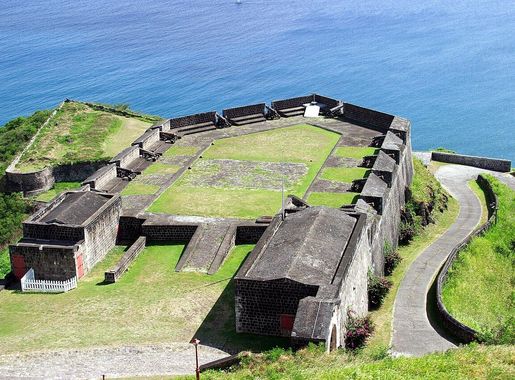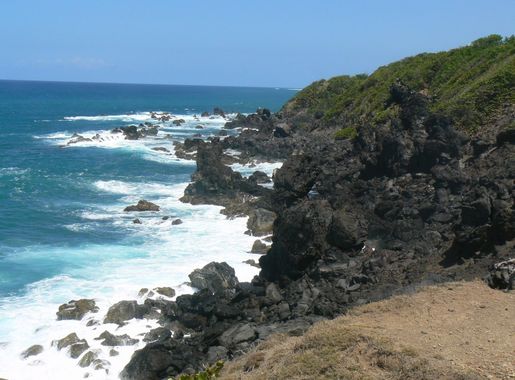
The Majestic Peak of Mount Liamuiga
Discover the breathtaking beauty and rich history of Mount Liamuiga, Saint Kitts and Nevis' tallest peak, offering thrilling hikes and panoramic views.
Mount Liamuiga, standing tall at 3,792 feet, is the highest peak in Saint Kitts and Nevis and a must-visit for any traveler. This dormant volcano offers breathtaking views and a unique adventure for those who dare to explore its slopes. Covered in lush rainforests and dotted with exotic flora and fauna, the mountain provides a stunning backdrop for nature lovers and photographers alike. The hike to the summit is a favorite among adventurers. The trail takes you through dense forests, where you can see a variety of tropical plants and birds. As you ascend, the air gets cooler and the vegetation changes, offering a different perspective of the island's rich biodiversity. Reaching the crater at the top is a rewarding experience, with panoramic views that stretch across the Caribbean Sea and neighboring islands. For those interested in history, Mount Liamuiga has its share of tales. The mountain is named after the original Kalinago name for the island of Saint Kitts, which means 'fertile land.' The area is steeped in legends and has been a significant part of the island's history for centuries. Whether you're a hiker, a history buff, or simply someone who loves nature, Mount Liamuiga is a destination that promises unforgettable memories.
Local tips in Mount Liamuiga
- Start your hike early in the morning to avoid the midday heat and to have the best chance of clear views.
- Hire a local guide for the hike; they can provide valuable insights about the flora, fauna, and history of the mountain.
- Wear sturdy hiking boots and bring plenty of water and snacks, as the hike can be challenging and takes several hours.
- Check the weather forecast before your hike, as conditions can change rapidly on the mountain.
- Bring a camera to capture the stunning views from the summit, but also take time to simply enjoy the natural beauty.
The Majestic Peak of Mount Liamuiga
Mount Liamuiga, standing tall at 3,792 feet, is the highest peak in Saint Kitts and Nevis and a must-visit for any traveler. This dormant volcano offers breathtaking views and a unique adventure for those who dare to explore its slopes. Covered in lush rainforests and dotted with exotic flora and fauna, the mountain provides a stunning backdrop for nature lovers and photographers alike. The hike to the summit is a favorite among adventurers. The trail takes you through dense forests, where you can see a variety of tropical plants and birds. As you ascend, the air gets cooler and the vegetation changes, offering a different perspective of the island's rich biodiversity. Reaching the crater at the top is a rewarding experience, with panoramic views that stretch across the Caribbean Sea and neighboring islands. For those interested in history, Mount Liamuiga has its share of tales. The mountain is named after the original Kalinago name for the island of Saint Kitts, which means 'fertile land.' The area is steeped in legends and has been a significant part of the island's history for centuries. Whether you're a hiker, a history buff, or simply someone who loves nature, Mount Liamuiga is a destination that promises unforgettable memories.
When is the best time to go to Mount Liamuiga?
Iconic landmarks you can’t miss
Mount Liamuiga Trailhead
Discover the breathtaking views and lush landscapes of Mount Liamuiga Trailhead, a premier hiking destination in St. Kitts for outdoor adventurers.

The War Memorial
Explore The War Memorial in Brumaire, St. Kitts & Nevis – a historical landmark honoring sacrifice and resilience in a tranquil setting.
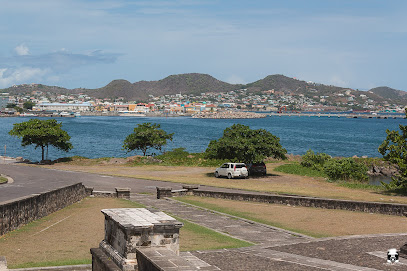
Liamuiga Natural Farm
Experience the lush beauty and sustainable farming practices at Liamuiga Natural Farm in St. Kitts, a must-visit destination for nature lovers.
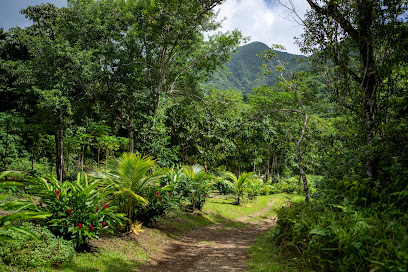
Green Hill Estate
Explore the historical beauty of Green Hill Estate in St. Kitts & Nevis, a must-visit landmark offering stunning views and rich cultural heritage.
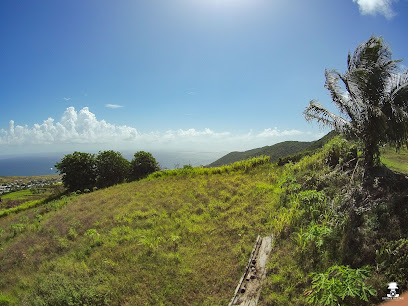
Mount Liamuiga Trailhead to True Summit
Explore the breathtaking trails of Mount Liamuiga, St. Kitts' highest peak, where adventure meets stunning natural beauty.
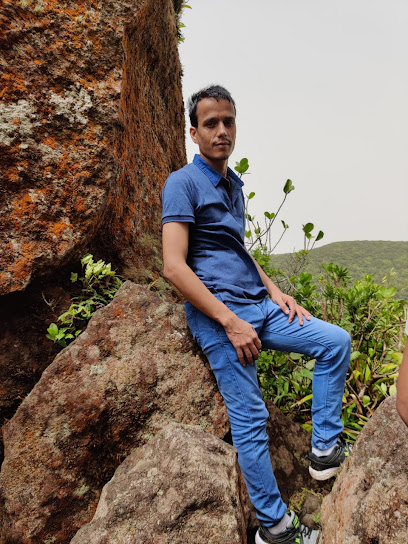
Nevis
Explore Nevis, a Caribbean paradise blending rich history, stunning landscapes, and vibrant culture in one unforgettable destination.
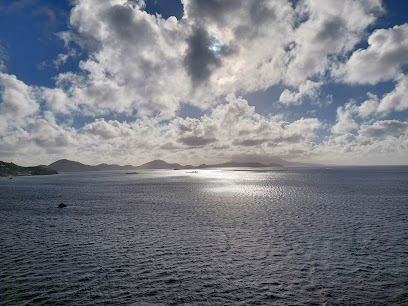
Unmissable attractions to see
Adonis Tour & Beach from Porte Zante
Discover the magic of St. Kitts with Adonis Tour & Beach - your gateway to adventure, culture, and stunning Caribbean landscapes.
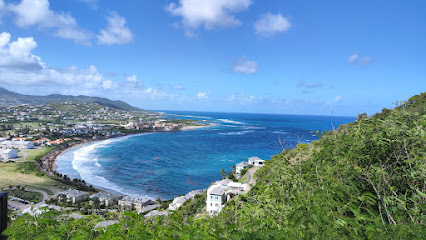
Nevis Hot Springs
Experience the natural healing of Nevis Hot Springs, where volcanic waters and lush landscapes create a serene escape for relaxation and rejuvenation.
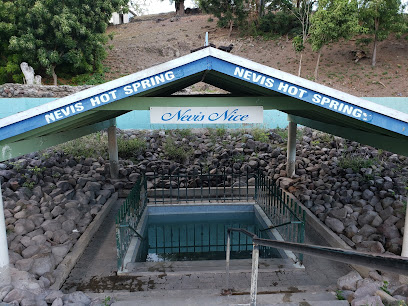
Immaculate Conception Catholic Co-Cathedral
Explore the enchanting Immaculate Conception Catholic Co-Cathedral in Basseterre, a stunning blend of history, architecture, and spirituality in St. Kitts.
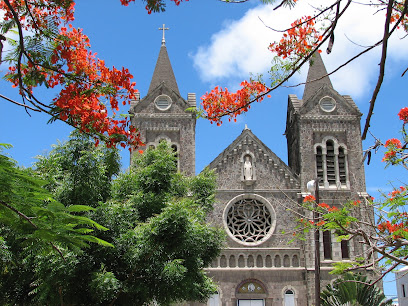
St Kitts Sign
Explore the vibrant St Kitts Sign, a colorful landmark in Basseterre capturing the island's charm and perfect for memorable photos.
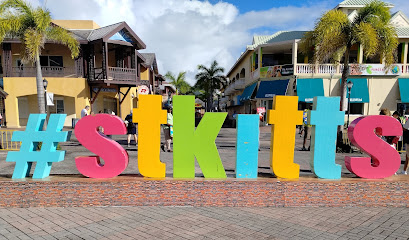
The Royal Basseterre Valley National Nature Reserve
Discover the enchanting Royal Basseterre Valley National Nature Reserve, a lush paradise of wildlife and stunning landscapes in St. Kitts & Nevis.
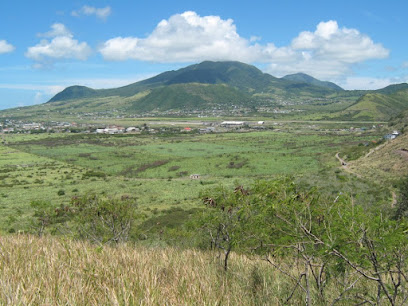
B Luvely Garden
Discover the serene beauty of B Luvely Garden in Cayon, St. Kitts & Nevis, an ideal escape for nature lovers and peace seekers alike.

Canada Hill Estate
Explore the stunning vistas and rich history at Canada Hill Estate, a must-visit tourist attraction in St. Kitts & Nevis.
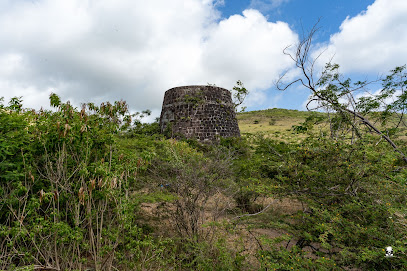
White House Bay Anchorage
Experience tranquility and breathtaking views at White House Bay Anchorage, a hidden gem in St. Kitts perfect for relaxation and adventure.

Essential places to dine
Sprat Net
Experience authentic Caribbean cuisine at Sprat Net in St. Kitts – where fresh seafood meets vibrant island culture.
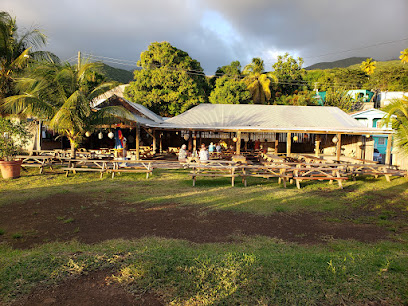
The Monkey Bar | Mexican Restaurant and Bar
Experience vibrant Mexican flavors at The Monkey Bar in St. Kitts - where every meal is a fiesta by the beach.
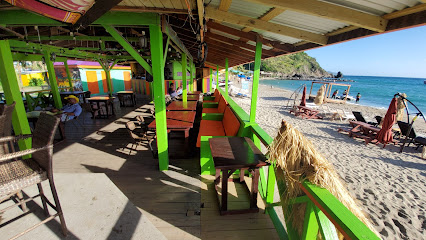
Arthur's Restaurant & Bar
Discover exquisite dining at Arthur's Restaurant & Bar on Dieppe Bay Beach - where local flavors meet stunning ocean views.
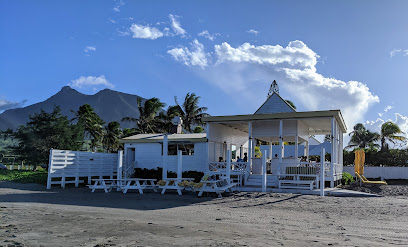
Sweet Cane | Restaurant & Bar
Experience authentic Caribbean flavors at Sweet Cane Restaurant & Bar in Basseterre - where every dish tells a story.

Tiranga Indian Restaurant in St Kitts
Experience authentic Indian cuisine at Tiranga Indian Restaurant in St Kitts – where every dish tells a story of flavor.

Railway Bar And Grill
Discover the authentic flavors of Nevis at Railway Bar And Grill—where local cuisine meets Caribbean charm in a relaxed atmosphere.
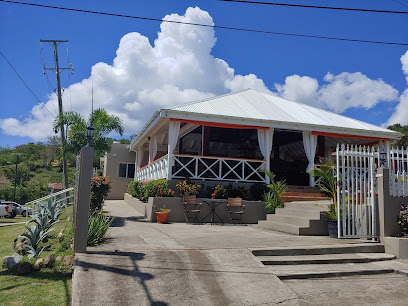
Pangea Multicuisine Kitchen & Lounge by KTCS Ltd.
Experience the vibrant flavors of the Caribbean at Pangea Multicuisine Kitchen & Lounge in St. Kitts – where every meal tells a story.
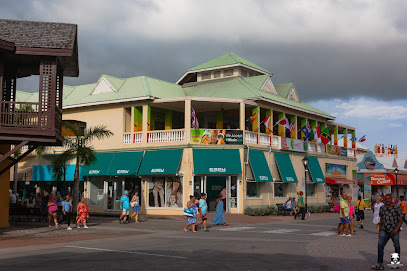
Cool Runnings Bar & Grill
Discover authentic Caribbean flavors at Cool Runnings Bar & Grill in Basseterre - where vibrant cuisine meets warm hospitality.
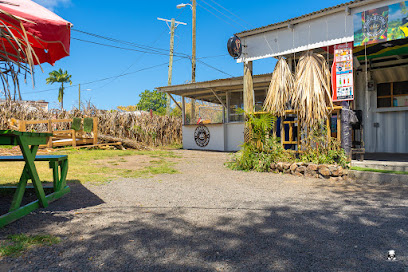
Great House
Experience authentic Caribbean cuisine with stunning ocean views at Great House in St. Kitts & Nevis.
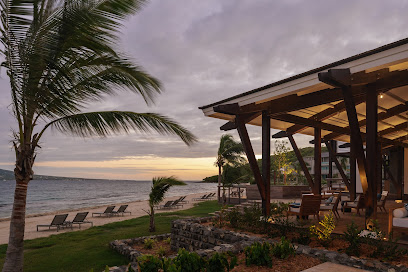
Fish R Us
Experience authentic St. Kitts seafood at Fish R Us in Key's Village – where fresh flavors meet island hospitality.
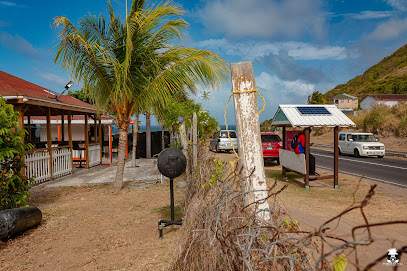
Coconut tree grill and bar
Experience the vibrant flavors of Caribbean cuisine at Coconut Tree Grill and Bar in Dieppe Bay Town - a must-visit culinary destination.
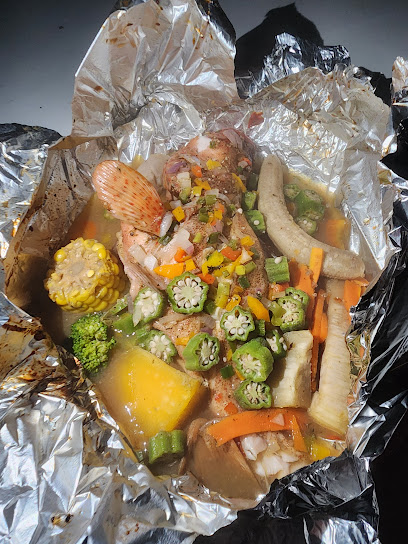
Island Thyme Restaurant
Experience authentic Caribbean cuisine at Island Thyme Restaurant in St. Kitts—where every dish tells a story of flavor and culture.
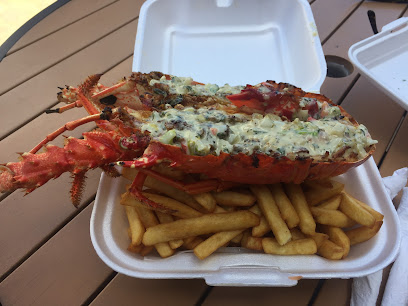
Black Rock BBQ shack
Discover the authentic taste of Caribbean barbecue at Black Rock BBQ Shack in beautiful Belle Vue, St. Kitts & Nevis.

King's Snack
Discover authentic Caribbean flavors at King's Snack in Sandy Point Town - where every meal is a taste adventure.

Davees Bar'N Snackette
Discover authentic Caribbean fast food at Davees Bar'N Snackette in Saddlers Village, St. Kitts - where flavor meets vibrant atmosphere.

Markets, malls and hidden boutiques
PRINT-HUB SKN
Discover high-quality printing services in St. Kitts at PRINT-HUB SKN, where your memories come to life with every print.

Colors Duty Free Jewellers
Discover exquisite tax-free jewelry at Colors Duty Free Jewellers in St. Kitts' vibrant Marina Village, perfect for gifts or personal treasures.
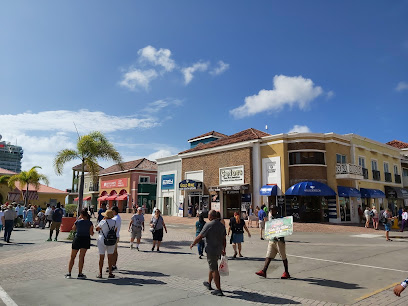
Caribelle Batik at Romney Manor
Experience the vibrant art of batik in the serene botanical gardens of Caribelle Batik, a unique St. Kitts destination blending creativity and nature.
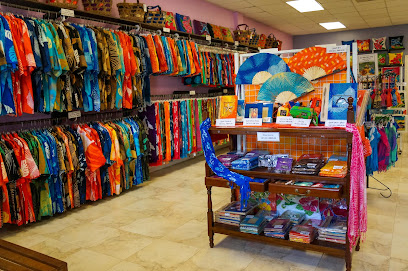
The Pelican Shopping Mall
Explore local crafts and international brands at The Pelican Shopping Mall in Basseterre, St. Kitts, a vibrant shopping destination for all travelers.
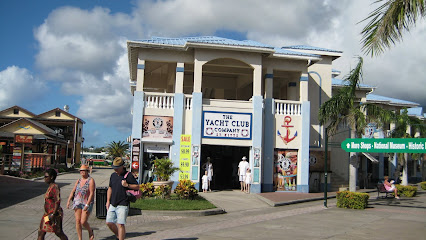
Blackrocks Gift Shops
Discover unique souvenirs and local crafts at Blackrocks Gift Shops, where beach entertainment meets breathtaking views in Belle Vue, St. Kitts & Nevis.

Fraites And Sons Supermarket
Discover local flavors and essentials at Fraites And Sons Supermarket, a vibrant hub for tourists in St. Kitts & Nevis.
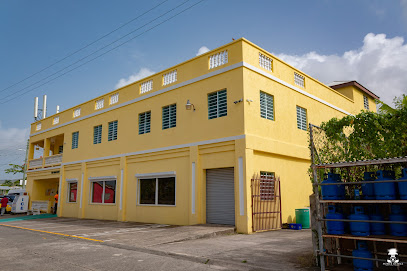
Sun Island Clothes St Kitts
Explore the vibrant fashion of Sun Island Clothes, where island style meets exceptional service in St. Kitts.
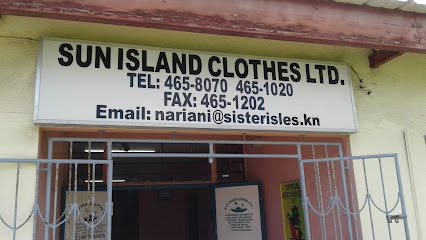
Bougainvillea Books & Gifts
Discover the charm of Bougainvillea Books & Gifts, a unique bookstore and gift shop in St. Kitts, offering local crafts and literature.
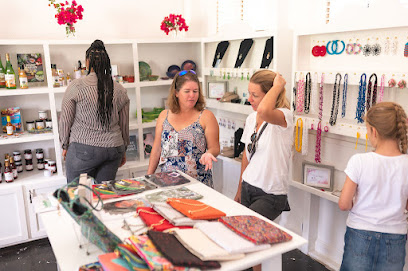
I LOVE ST. KITTS STORE
Explore the vibrant I LOVE ST. KITTS STORE for unique souvenirs, local handicrafts, and a taste of Caribbean charm in St. Kitts.
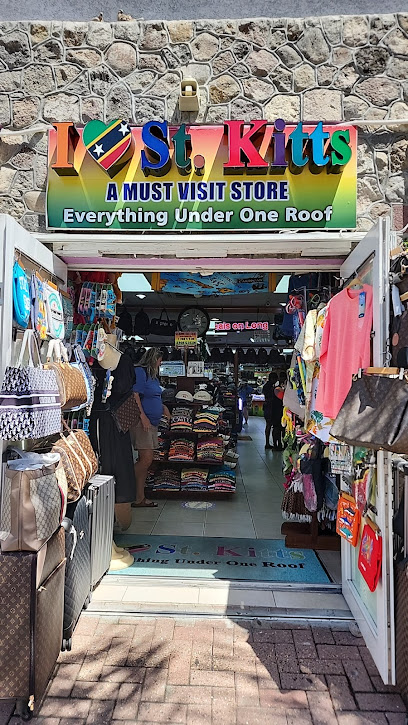
Smart Electronics
Explore the cutting-edge world of technology at Smart Electronics, your trusted electronics store in St. Kitts for all your gadget needs.
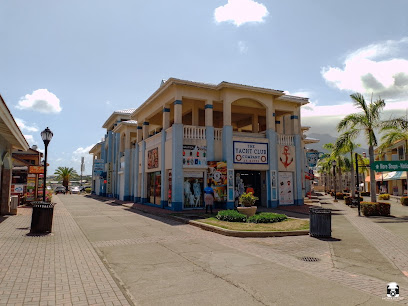
Caribelle Batik in Port Zante
Explore the vibrant world of batik artistry at Caribelle Batik in Port Zante, St. Kitts, where every piece is a celebration of Caribbean culture.
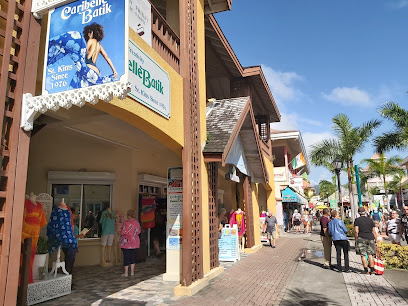
Kavvie's Kreative Kollections
Explore Kavvie's Kreative Kollections in Basseterre for unique gifts, party supplies, and creative event planning in the heart of St. Kitts & Nevis.

Annyis Fashion
Explore Annyis Fashion in St. Kitts for the latest women's clothing styles infused with Caribbean charm and elegance.

Island Treasures
Discover unique clothing and souvenirs at Island Treasures, a vibrant shopping destination in the heart of St. Kitts, ideal for tourists seeking local flair.

Happy Shopping Supermarket
Explore the rich flavors of St. Kitts at Happy Shopping Supermarket, your go-to grocery store for local and international delights.
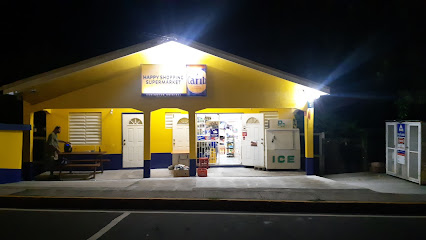
Essential bars & hidden hideouts
Railway Bar And Grill
Experience the vibrant Caribbean flavors at Railway Bar And Grill, a must-visit dining spot in Nevis for tourists seeking delicious grilled dishes.
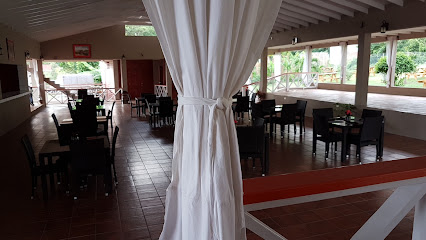
Cool Runnings Bar & Grill
Discover the vibrant flavors of Caribbean cuisine at Cool Runnings Bar & Grill in Basseterre, where every meal is a celebration of St. Kitts & Nevis culture.

Rum Dawg Beach Bar & Grill
Experience the vibrant atmosphere and exquisite flavors at Rum Dawg Beach Bar & Grill in Sandy Point Town, St. Kitts & Nevis.
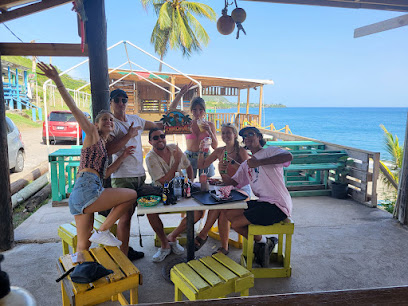
Coconut tree grill and bar
Discover the vibrant flavors of the Caribbean at Coconut Tree Grill and Bar, a perfect blend of tropical cuisine and stunning ocean views.
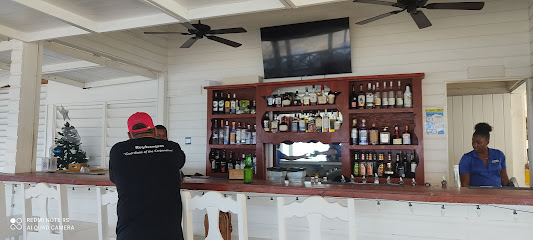
Rovers Bar
Discover Rovers Bar, the vibrant hub of Newton Ground, where friendly locals and refreshing drinks create unforgettable Caribbean memories.
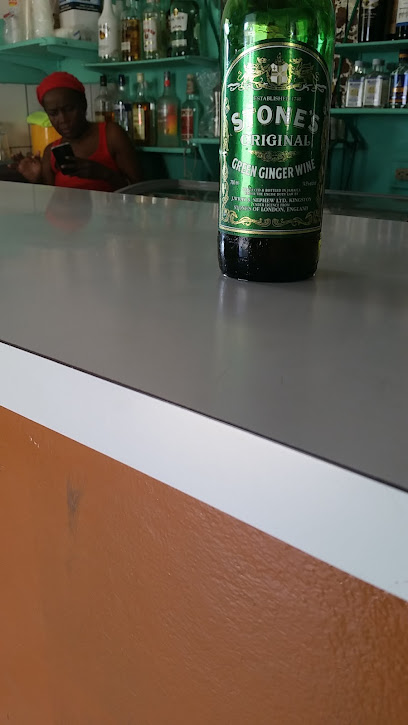
CocoPlums Garden Bar & Grill
Indulge in the vibrant flavors of the Caribbean at CocoPlums Garden Bar & Grill, a top dining destination in Sandy Point Town.
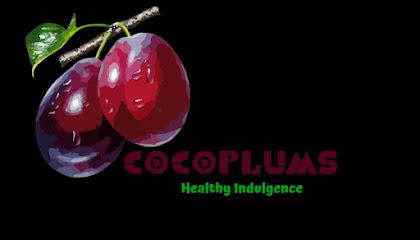
Mountain top
Experience breathtaking views and refreshing drinks at the Mountain Top Bar in St. Kitts, a perfect escape in the Caribbean.

Luxury (Mobilized Bar)
Discover the Luxury Mobilized Bar in St. Kitts: where exquisite cocktails meet stunning views for an unforgettable evening.

Ryan's Bar & Grill
Experience the vibrant flavors of the Caribbean at Ryan's Bar & Grill in Old Road Town, St. Kitts & Nevis, where delicious food meets warm hospitality.
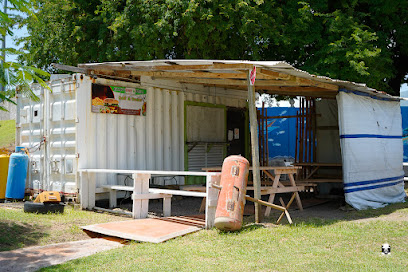
Black Rock Pub
Experience the vibrant energy at Black Rock Pub, a local favorite in Belle Vue, St. Kitts & Nevis, where refreshing drinks meet a lively atmosphere.

Off The Grid Bar & Grill
Discover a culinary delight at Off The Grid Bar & Grill, where local flavors meet a relaxed atmosphere in beautiful Belle Vue, St. Kitts & Nevis.

Stress Out Bar
Discover the vibrant flavors of St. Kitts & Nevis at Stress Out Bar, where delicious grilled cuisine meets a lively atmosphere.
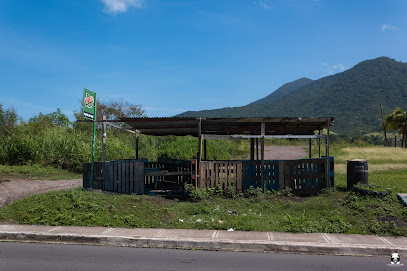
Lorna,s best food tent
Experience the vibrant flavors of the Caribbean at Lorna's Best Food Tent in Ottley's Village, where local cuisine meets authentic hospitality.

Under De Step Bar
Experience the vibrant flavors and laid-back charm of Under De Step Bar in St. Kitts & Nevis, where delicious grilled dishes await.
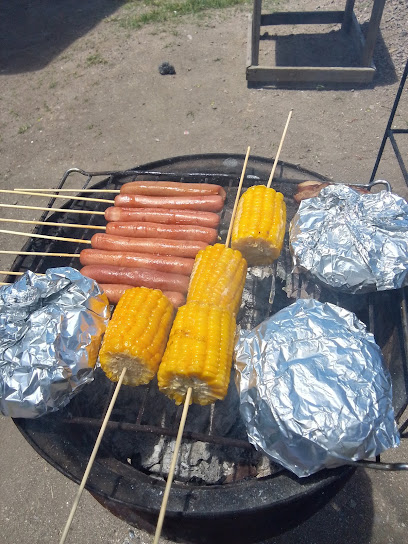
Tootsie's Bar
Discover the vibrant flavors of Caribbean cuisine at Tootie's Bar in St. Kitts & Nevis, where local ingredients meet a warm atmosphere.
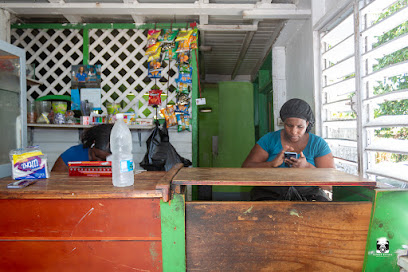
Local Phrases about Mount Liamuiga
-
- HelloWa gwaan
[wah gwaan] - GoodbyeLater
[lay-ta] - YesYeah man
[yeah man] - NoNah man
[nah man] - Please/You're welcomeBeg yuh pardon
[beg yuh pah-dun] - Thank youThank yuh
[thank yuh] - Excuse me/SorrySarry
[sah-ree] - How are you?How yuh deh?
[how yuh deh] - Fine. And you?Irie. An yuh?
[eye-ree. an yuh] - Do you speak English?Yuh speak English?
[yuh speak ing-glish] - I don't understandMi nah comprehend
[me nah com-pren-d]
- HelloWa gwaan
-
- I'd like to see the menu, pleaseLemme see di menu deh, please
[lem-me see dee menu deh, please] - I don't eat meatMi nah eat meat
[me nah eet meat] - Cheers!Cheers!
[cheers] - I would like to pay, pleaseMi waan pay, please
[me want pay, please]
- I'd like to see the menu, pleaseLemme see di menu deh, please
-
- Help!Help!
[help] - Go away!Gweh!
[gweh] - Call the Police!Call di Police!
[call dee police] - Call a doctor!Call a doctor!
[call a doctor] - I'm lostMi loss
[me loss] - I'm illMi sick
[me sick]
- Help!Help!
-
- I'd like to buy...Mi waan buy...
[me want buy] - I'm just lookingMi jus lookin
[me just look-in] - How much is it?A wha price deh?
[ah wah price deh] - That's too expensiveDat too dear man
[dat too dear man] - Can you lower the price?Yuh cyah drop di price?
[yuh kyah drop dee price]
- I'd like to buy...Mi waan buy...
-
- What time is it?A wha time it be?
[ah wah time it bee] - It's one o'clockA one o'clock it be
[ah one o'clock it bee] - Half past (10)Half ten
[half ten] - MorningMawnin
[mawnin] - AfternoonEvenin
[evenin] - EveningNite
[nite] - YesterdayYestadeh
[yes-ta-deh] - TodayToday
[to-day] - TomorrowTomarruh
[tom-ah-ruh] - 1One
[wun] - 2Two
[too] - 3Tree
[tree] - 4Fo'
[fo] - 5Five
[fiv] - 6Six
[siks] - 7Seven
[sev-en] - 8Eight
[ate] - 9Nine
[nain] - 10Ten
[ten]
- What time is it?A wha time it be?
-
- Where's a/the...?Whey di...
[way dee] - What's the address?Wah di address deh?
[wah dee address deh] - Can you show me (on the map)?Yuh cya show mi (pan di map)?
[yuh kyah show me (pan dee map)] - When's the next (bus)?When di nex (bus) deh?
[when dee nex (bus) deh] - A ticket (to ....)A ticket (to ....)
[ah ticket (to)]
- Where's a/the...?Whey di...
History of Mount Liamuiga
-
Mount Liamuiga, formerly known as Mount Misery, is a stratovolcano that forms the highest point in Saint Kitts and Nevis, standing at 1,156 meters (3,792 feet). The volcano's formation dates back to several million years ago during the volcanic activity that shaped the Lesser Antilles island arc. Its dormant state is a geological wonder, making it a focal point for understanding the tectonic history of the Caribbean region.
-
Before the arrival of Europeans, the Kalinago (Carib) people inhabited the area around Mount Liamuiga. They called the island 'Liamuiga,' meaning 'fertile land,' reflecting the rich soil that resulted from volcanic activity. Archaeological evidence, including pottery shards and petroglyphs, points to a thriving society with agricultural practices well adapted to the volcanic soil.
-
In the mid-17th century, European colonizers arrived on the island. The British took control of Saint Kitts in 1623, and the French followed in 1625. The fertile lands around Mount Liamuiga were ideal for sugar cane plantations, which became the backbone of the island's economy. The volcano's slopes were cleared for cultivation, leading to significant environmental changes.
-
The harsh conditions on the sugar plantations led to unrest among the enslaved Africans. In 1834, a major slave rebellion took place around the slopes of Mount Liamuiga. Though the rebellion was suppressed, it was a significant event leading up to the abolition of slavery in the British Empire later that year.
-
Saint Kitts and Nevis gained independence from Britain on September 19, 1983. Mount Liamuiga has since become a symbol of national pride and natural beauty. The mountain is a popular destination for both locals and tourists, offering hiking trails and panoramic views that showcase the island's rich natural and cultural heritage.
-
Today, Mount Liamuiga is more than just a geological landmark; it is a cultural icon. The mountain is featured in local folklore, songs, and art. Each year, the island holds events that celebrate its natural beauty and historical significance. The annual Mount Liamuiga Hike draws participants from around the world, fostering a sense of community and shared heritage.
Mount Liamuiga Essentials
-
Mount Liamuiga is located on the island of Saint Kitts in the Federation of Saint Kitts and Nevis. The nearest airport is Robert L. Bradshaw International Airport (SKB), located in Basseterre, the capital city of Saint Kitts. From the airport, you can take a taxi or rent a car to reach the base of Mount Liamuiga. The drive from the airport to Mount Liamuiga takes approximately 45 minutes. There are also organized tours that include transportation to and from the mountain.
-
Transportation options on Saint Kitts include taxis, rental cars, and organized tour buses. Taxis are readily available and can be found at the airport, major hotels, and popular tourist spots. It is advisable to agree on the fare before starting your journey, as taxis do not have meters. Car rentals are available from several agencies, and driving is on the left-hand side of the road. Alternatively, you can join an organized tour that includes transportation to various attractions, including Mount Liamuiga.
-
The official currency of Saint Kitts and Nevis is the Eastern Caribbean Dollar (XCD), though US dollars are widely accepted. Major credit cards are accepted in most hotels, restaurants, and shops. However, it is advisable to carry some cash, especially when visiting more remote areas or smaller establishments. ATMs are available in Basseterre and other major towns, but they may be scarce near Mount Liamuiga.
-
Saint Kitts and Nevis is generally a safe destination for tourists. However, it is important to take standard precautions, such as avoiding walking alone at night in unfamiliar areas and keeping an eye on your belongings. While there are no specific high-crime areas targeting tourists near Mount Liamuiga, it is best to stay vigilant and aware of your surroundings. Stick to well-marked trails and avoid hiking alone.
-
In case of emergency, dial 911 for immediate assistance. There are medical facilities and police stations in Basseterre and other major towns. It is advisable to have travel insurance that covers medical emergencies. If you encounter an emergency while hiking Mount Liamuiga, contact local authorities or your tour guide immediately. Carrying a basic first aid kit and a charged mobile phone is recommended.
-
Fashion: Do wear comfortable and sturdy hiking shoes, especially when hiking Mount Liamuiga. Lightweight, breathable clothing is recommended due to the tropical climate. Religion: Do respect local customs and traditions. While there are no specific religious sites on the mountain, be mindful of the local culture. Public Transport: Do use taxis and rental cars for convenience. Public buses are available but may not be as reliable. Greetings: Do greet locals with a friendly 'hello' or 'good morning/afternoon.' A smile goes a long way. Eating & Drinking: Do try local dishes such as goat water stew and conch fritters. Don't forget to stay hydrated, especially when hiking.
-
To experience Mount Liamuiga like a local, consider joining a guided hike led by a knowledgeable local guide who can share insights about the area's flora, fauna, and history. Visit the nearby village of Newton Ground for a glimpse of local life and culture. Engage with locals, and you may be invited to share in traditional foods and stories. For an extra adventure, explore the nearby Black Rocks, a dramatic volcanic rock formation on the northeastern coast of Saint Kitts.
Nearby Cities to Mount Liamuiga
-
Things To Do in Old Road Town
-
Things To Do in Dieppe Bay Town
-
Things To Do in Sandy Point Town
-
Things To Do in Cayon
-
Things To Do in Basseterre
-
Things To Do in Cotton Ground
-
Things To Do in Newcastle
-
Things To Do in Charlestown
-
Things To Do in Gingerland
-
Things To Do in Cole Bay
-
Things To Do in Sint Peters
-
Things To Do in Maho
-
Things To Do in Lowlands
-
Things To Do in Woodlands
-
Things To Do in Blowing Point Village


